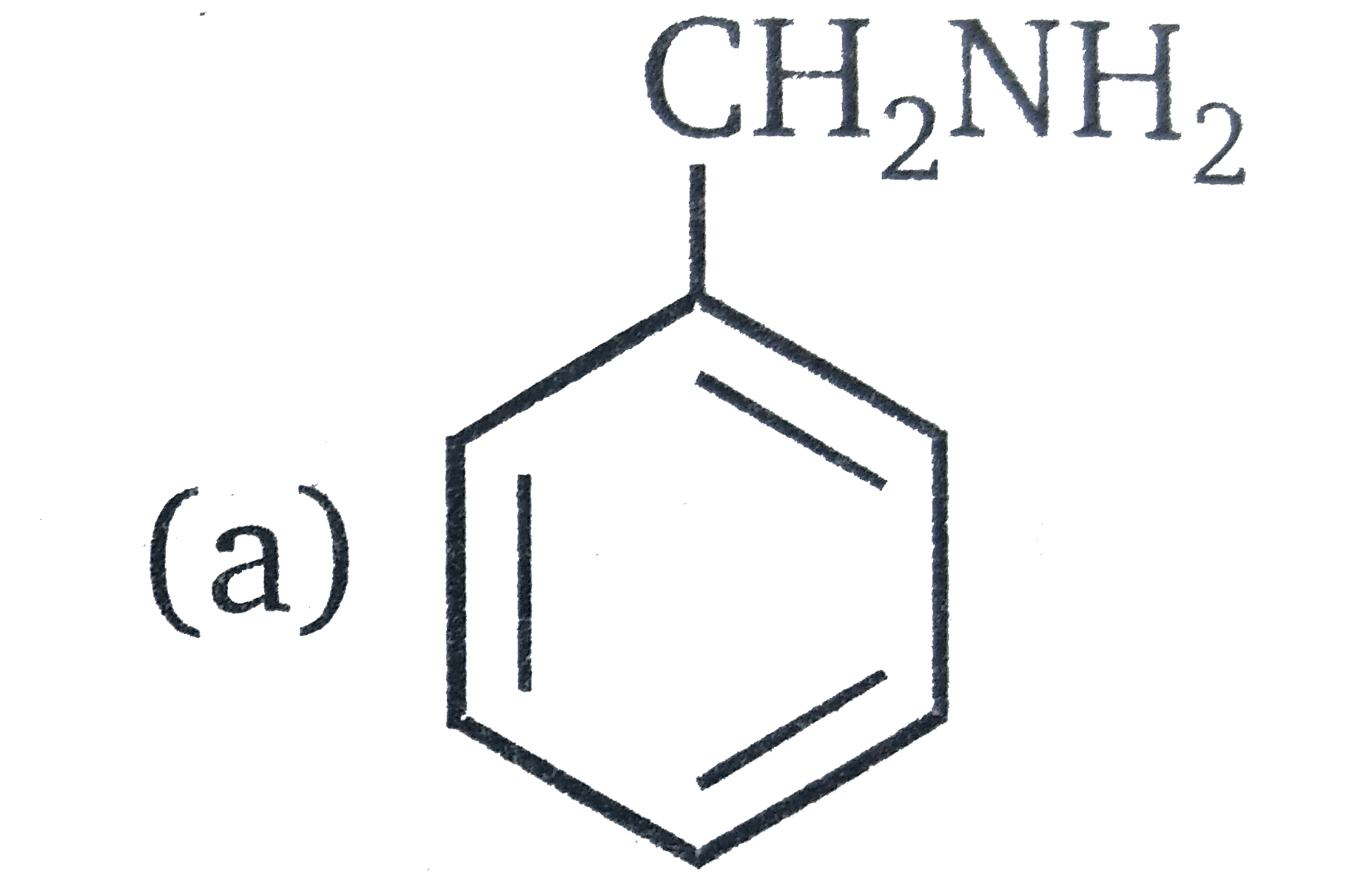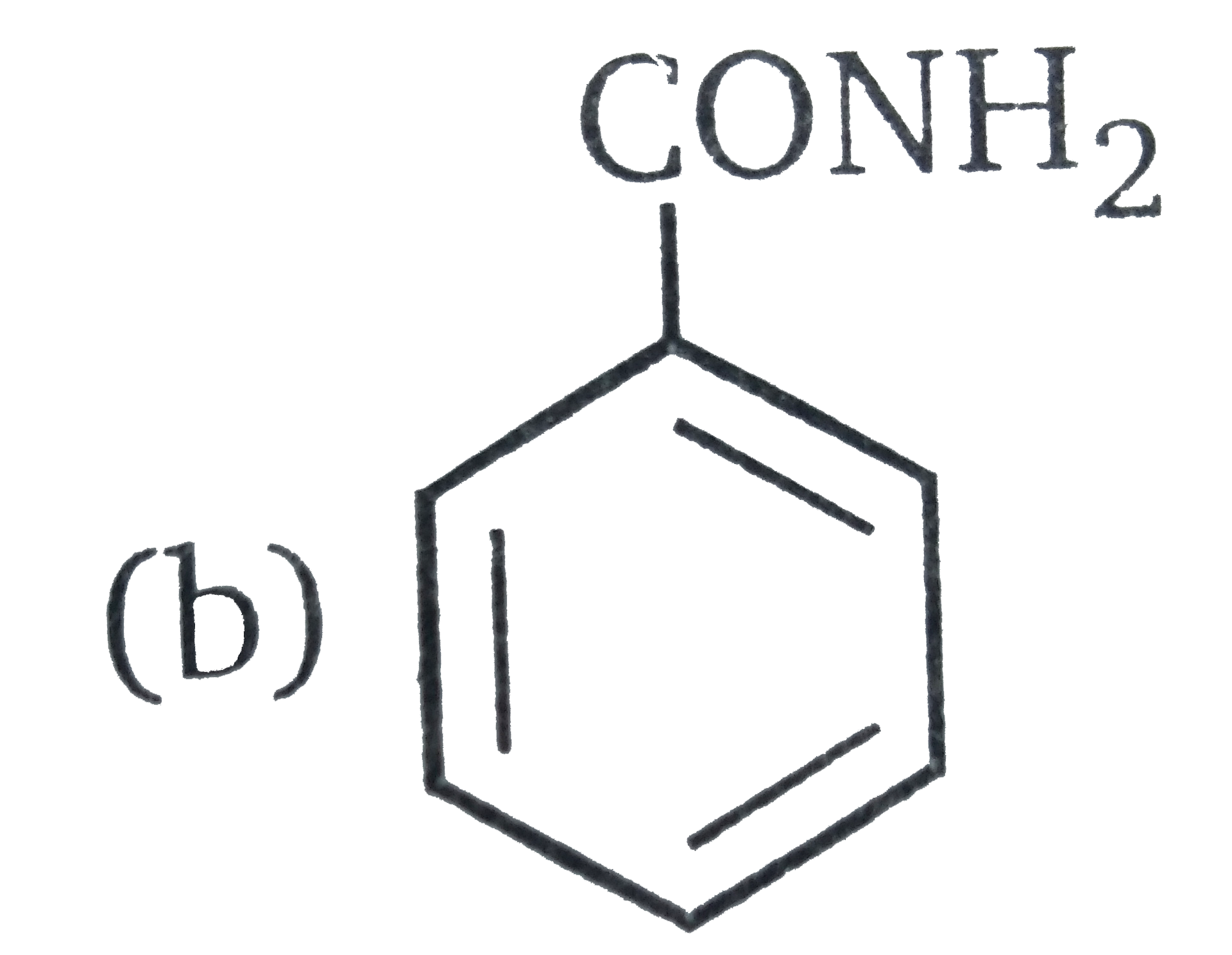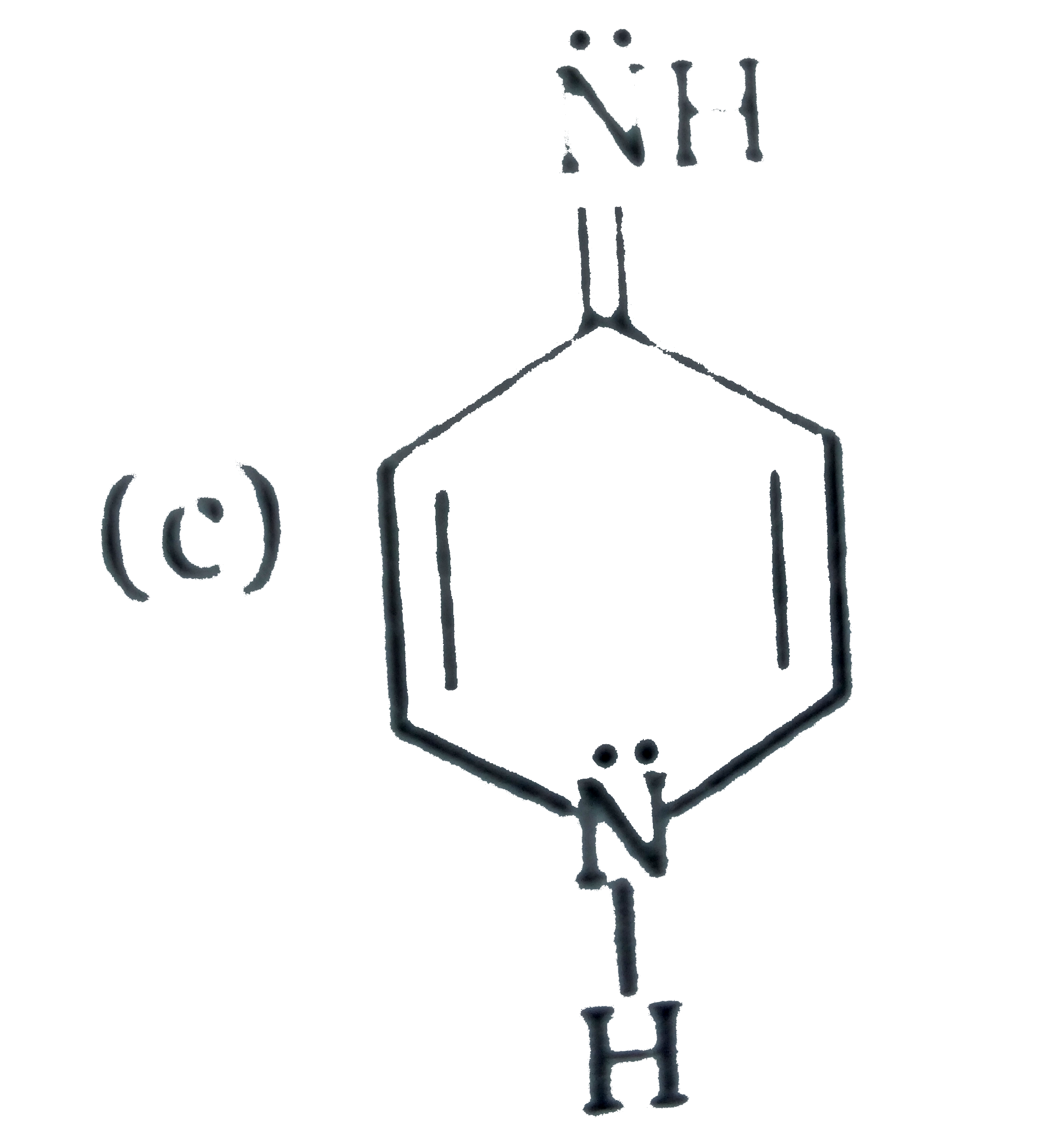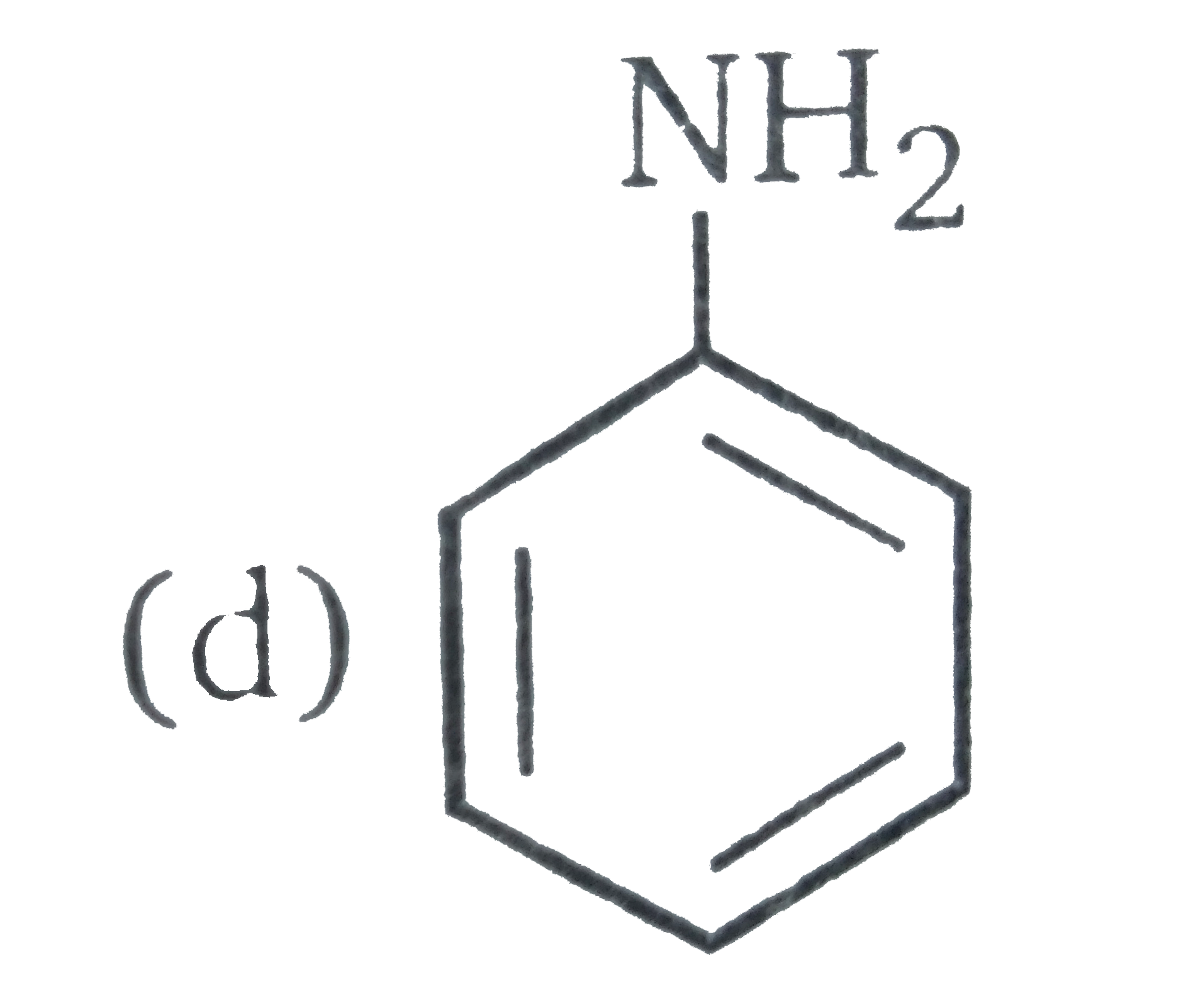Acetylene is treated with dilute hydrochloric acid in presence of HgCI2
To solve the question of what products are formed when acetylene (ethyne) is treated with dilute hydrochloric acid in the presence of HgCl2, we can follow these steps:
1. Identify the Reactants: The reactants in this reaction are acetylene (C2H2) and dilute hydrochloric acid (HCl) in the presence of mercuric chloride (HgCl2).
2. Understand the Role of HgCl2: Mercuric chloride (HgCl2) acts as a catalyst in this reaction. It facilitates the addition of HCl across the triple bond of acetylene.
3. Reaction Mechanism:
- The triple bond in acetylene (C≡C) is highly reactive. In the presence of HgCl2, the triple bond can be polarized, allowing for the addition of H and Cl.
- The Hg^2+ ion from HgCl2 interacts with the triple bond, forming a vinyl cation intermediate.
4. Formation of Vinyl Chloride:
- The addition of HCl occurs across the triple bond, leading to the formation of a vinyl chloride (C2H3Cl) intermediate.
- The reaction proceeds as follows:
- Initially, the acetylene reacts with HgCl2 to form a vinyl cation (C2H3^+) and a chloride ion (Cl^-).
- The chloride ion then attacks the vinyl cation, resulting in the formation of vinyl chloride (C2H3Cl).
5. Final Product: The final product of the reaction is vinyl chloride (C2H3Cl), which can also be represented as chloroethene.
Summary of the Reaction:
The overall reaction can be summarized as:
C2H2+HClHgCl2−−−→C2H3Cl
- The triple bond in acetylene (C≡C) is highly reactive. In the presence of HgCl2, the triple bond can be polarized, allowing for the addition of H and Cl.
- The Hg^2+ ion from HgCl2 interacts with the triple bond, forming a vinyl cation intermediate.
- The addition of HCl occurs across the triple bond, leading to the formation of a vinyl chloride (C2H3Cl) intermediate.
- The reaction proceeds as follows:
- Initially, the acetylene reacts with HgCl2 to form a vinyl cation (C2H3^+) and a chloride ion (Cl^-).
- The chloride ion then attacks the vinyl cation, resulting in the formation of vinyl chloride (C2H3Cl).
The overall reaction can be summarized as:
C2H2+HClHgCl2−−−→C2H3Cl
Topper's Solved these Questions
- BOOK - PRADEEPCHAPTER - APPENDIXEXERCISE - 11 WHAT HAPPENS WHEN1videos
APPENDIX
- BOOK - PRADEEPCHAPTER - APPENDIXEXERCISE - 12 WHAT HAPPENS WHEN1videos
APPENDIX
- BOOK - PRADEEPCHAPTER - APPENDIXEXERCISE - 9 WHAT HAPPENS WHEN1videos
APPENDIX
- BOOK - PRADEEPCHAPTER - CHEMICAL BONDING AND MOLECULAR STRUCTUREEXERCISE - Curiosity Questions2videos
CHEMICAL BONDING AND MOLECULAR STRUCTURE
Similar Questions
Knowledge Check
- Question 1 - Select One
Acetylene when treated with dilute HCl at 60∘C(333K) in presence of HgCl2 produces-
AMethyl chlorideBVinyl chlorideCAcetaldehydeDFormaidelhyde - Question 2 - Select One
The most reactive amine towards dilute hydrochloric acid is
ACH3–NH2B CBoth (1) and (2)DNone of these
CBoth (1) and (2)DNone of these - Question 3 - Select One
The most reactive amine towards dilute hydrochloric acid is
A B
B C
C D
D
Magnesium is treated with dilute hydrochloric acid.
View SolutionIron reacts with dilute hydrochloric acid.
View SolutionAluminium is treated with dil. hydrochloric acid.
View SolutionDoes copper react with dilute hydrochloric acid ?
View SolutionThe most reactive amine towards dilute hydrochloric acid is
View Solution
